
The July edition of the UK Exporter Monitor by Coriolis Technologies and the Institute of Export & International Trade (IOE&IT) further highlights the struggles British businesses are facing as a result of the pandemic, supply chain crisis, Russia-Ukraine conflict, and Brexit.
Total exporter revenues have dropped across the UK by 2% since last month. Wales takes the biggest hit to revenues with a drop of 4%, followed by a 2% fall for England, a 1% decline in Scotland, and a 0.47% decrease in Northern Ireland.
This translates to an overall loss of £85.44m across the UK since last month. In comparison to June 2021, England’s exporter revenues have dropped by £282.46m (6%), Northern Ireland’s by 2.16m (4%), Scotland’s by £44.89m (17%), and Wales by £4.59m (10%), totalling a £334.12m (6%) drop in total UK exporter revenues since this time last year.
Revenue crisis
Last month, Exporter Monitor highlighted a looming revenue crisis which is reinforced by this month’s results and the year-on-year comparison. This pattern looks set to continue throughout the summer. Large companies’ revenues have fallen by 2.44% in June. This is an indicator that micro, small and, medium-sized exporters are likely to be in for additional decline in terms of numbers, employment and revenues in the months ahead.
Next month, we predict a decline in exporter employment and revenue across the UK. Whilst we may see a potential uptick in UK exporter counts, without government help any increase will be met swiftly with an equal downturn in numbers.
Institute of Export & International Trade Director General, Marco Forgione said:
“Both the year on year and month on month figures show the number of UK exporters, export revenues and employee numbers continue to fall across all nations and regions. Research shows that companies which export are more profitable, more sustainable, employ more people, and are more innovative. Exporters will be key to reshaping the UK’s economy."
"This is a time of uncertainty for UK business. As they face the impact of the cost of living crisis, double digit inflation, the ongoing global logistics issues, and supply chain disruption the government must focus on exporter support. Right now the government’s objective of achieving £1tn in exports looks incredibly challenging.”
Coriolis Technologies Chief Executive, Dr Rebecca Harding said:
“The fact that our monthly exporter data is showing no sign of settling, and the overall pattern of exporter numbers, employment and revenues is downward reinforces the picture of uncertainty for UK businesses with international trade profiles. At a broader level, trade has also declined over the last 12 months, meaning a trade-based recovery improving our longer-term economic fortunes is unlikely to materialise.”
The findings in detail
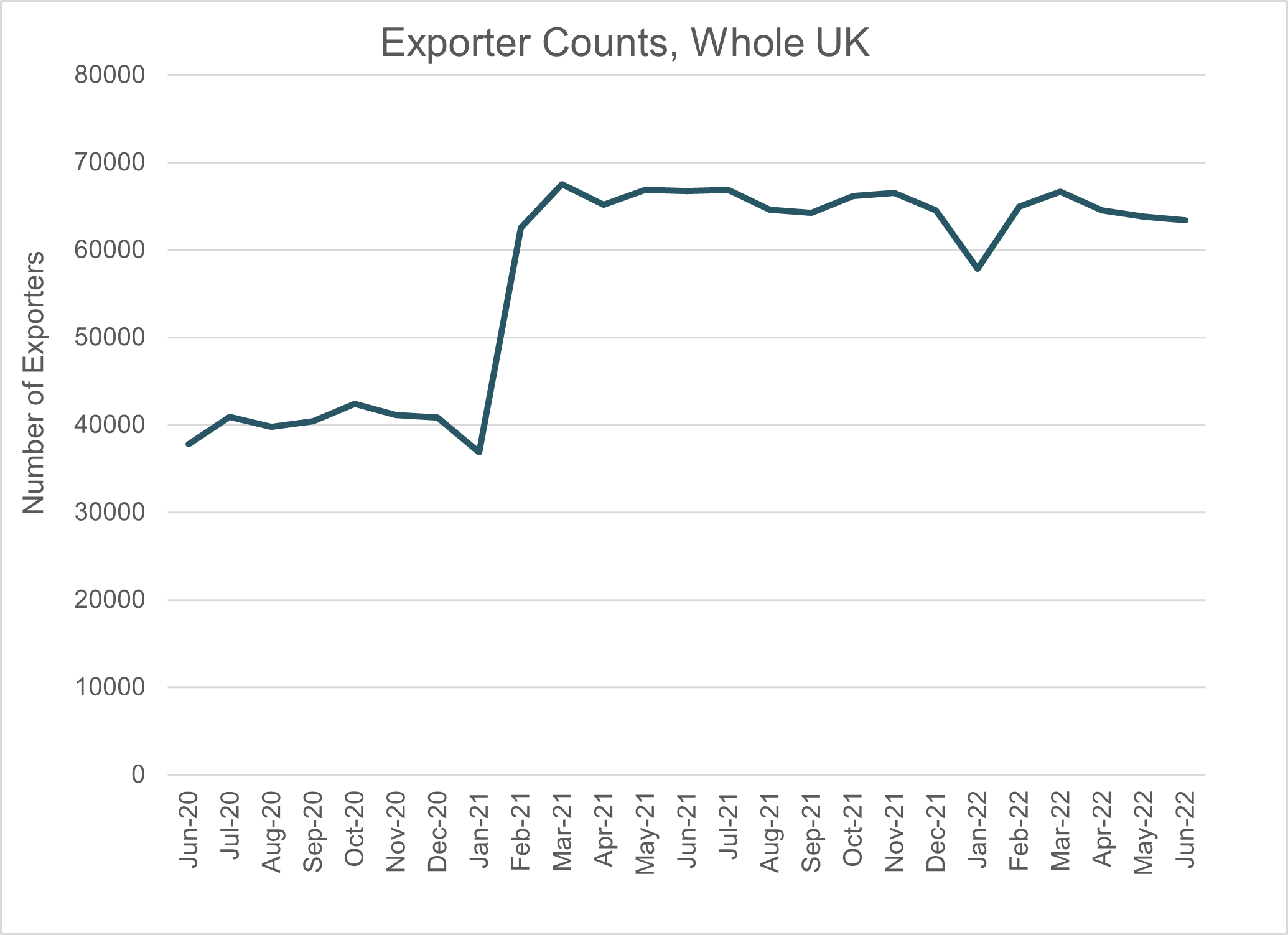
Figure 1: Counts of Exporters over time, June 2020-June 2022
NOTE: The data for England, Scotland, Wales and Northern Ireland are given in the Appendix
Exporter counts dropped by a total of 1% across the UK since last month, bringing the UK total to 63,361. Wales experienced a 4% drop with 45 fewer exporters, Northern Ireland’s exporter counts fell by 2% with 10 fewer exporters, England saw a 1% drop with 449 fewer exporters, and Scotland had a slight uptick of 0.3% with 9 more exporters.
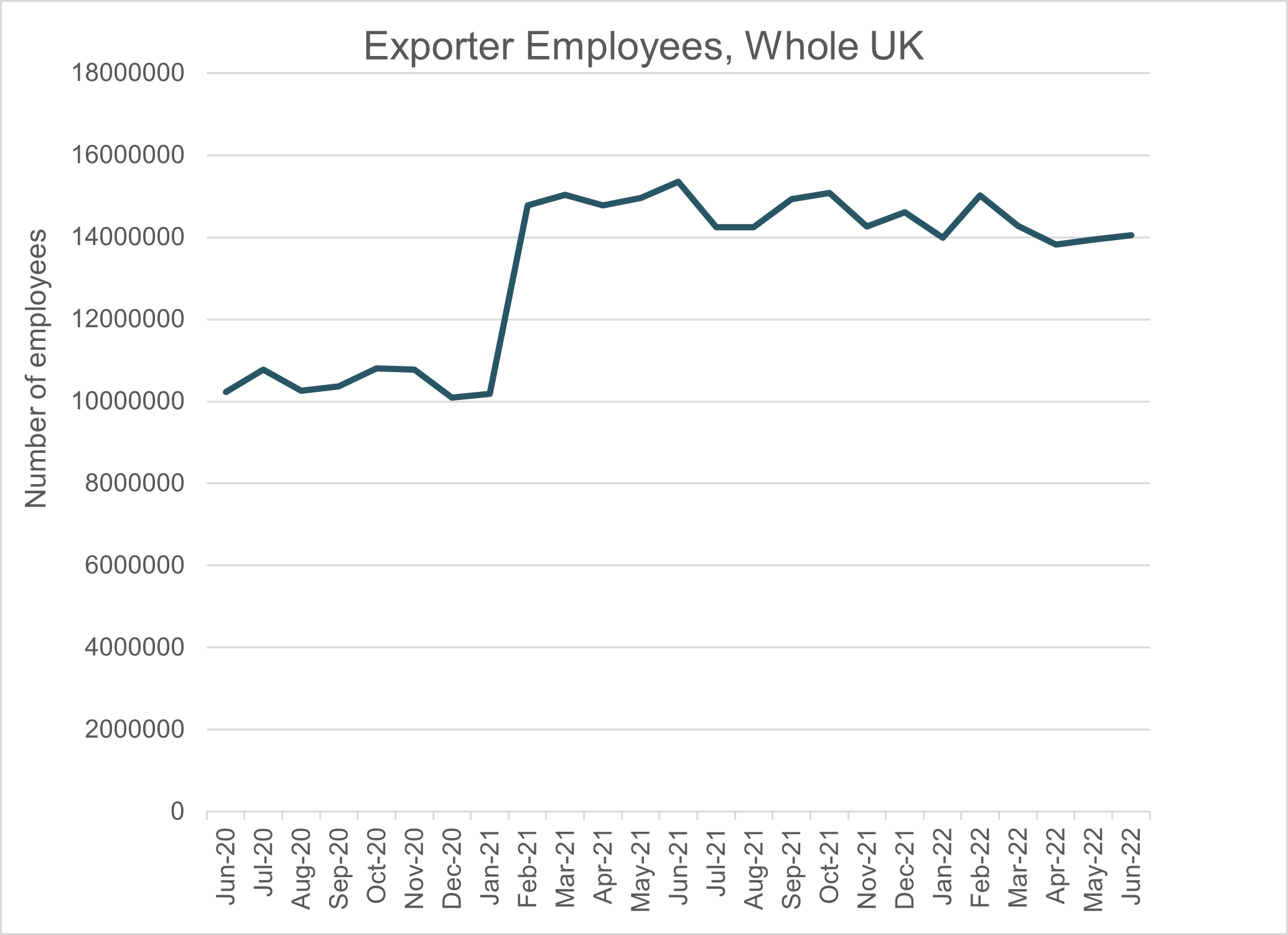
Figure 2: Exporter employment over time, June 2020-June 2022
NOTE: The data for England, Scotland, Wales and Northern Ireland are given in the Appendix
Employment in exporting grew by 1% across the UK since last month. England saw an increase of 1%, Northern Ireland’s exporter employment fell by 0.25%, Scotland’s fell by 1%, and Wales saw a 4% decrease in exporter employment.
This translates to 126,471 more employees since last month for England, 409 fewer in Northern Ireland, 9,877 fewer in Scotland, and 8,160 fewer in Wales.
Overall, this is an increase of 108,025 since last month, bringing the total to 14,049,903 employees in exporting across the UK.
It should be noted that the employment figures correlate to the number of exporting companies. This means that employment increases when new companies start exporting, and employment decreases when companies stop exporting.
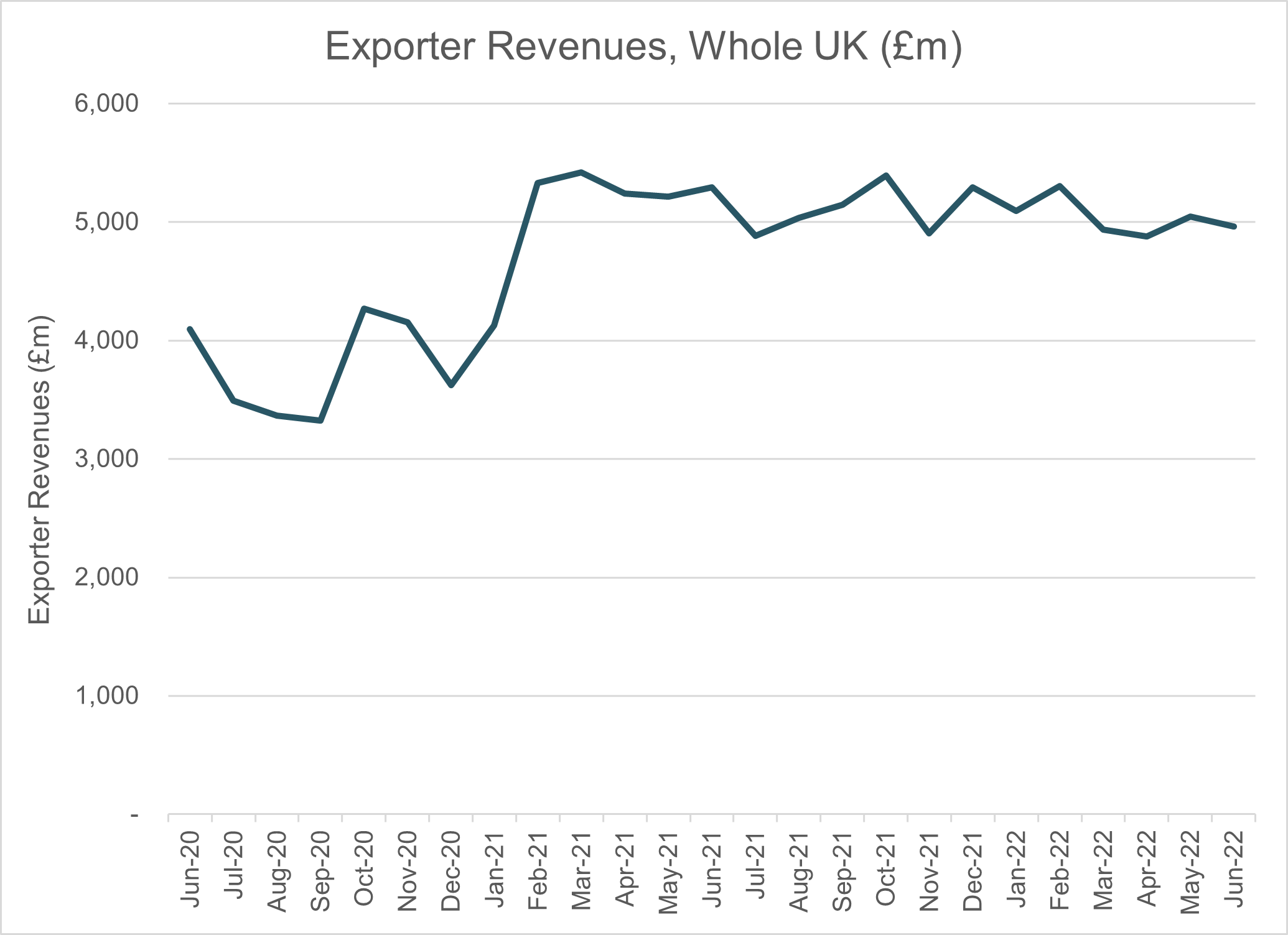
Figure 3: Exporter revenues over time, June 2020-June 2022
NOTE: The data for England, Scotland, Wales and Northern Ireland are given in the Appendix
Total exporter revenues have dropped across the UK by 2% since last month. Wales takes the biggest hit to revenues with a drop of 4%; followed by a 2% fall for England, a 1% decline in Scotland, and a 0.47% decrease in Northern Ireland.
This translates to an overall loss of £85.44m across the UK since last month. In comparison to June 2021, England’s exporter revenues have dropped by £282.46m (6%), Northern Ireland’s by 2.16m (4%), Scotland’s by £44.89m (17%), Wales’ by £4.59m (10%), totalling a £334.12m (6%) drop in total UK exporter revenues since this time last year.
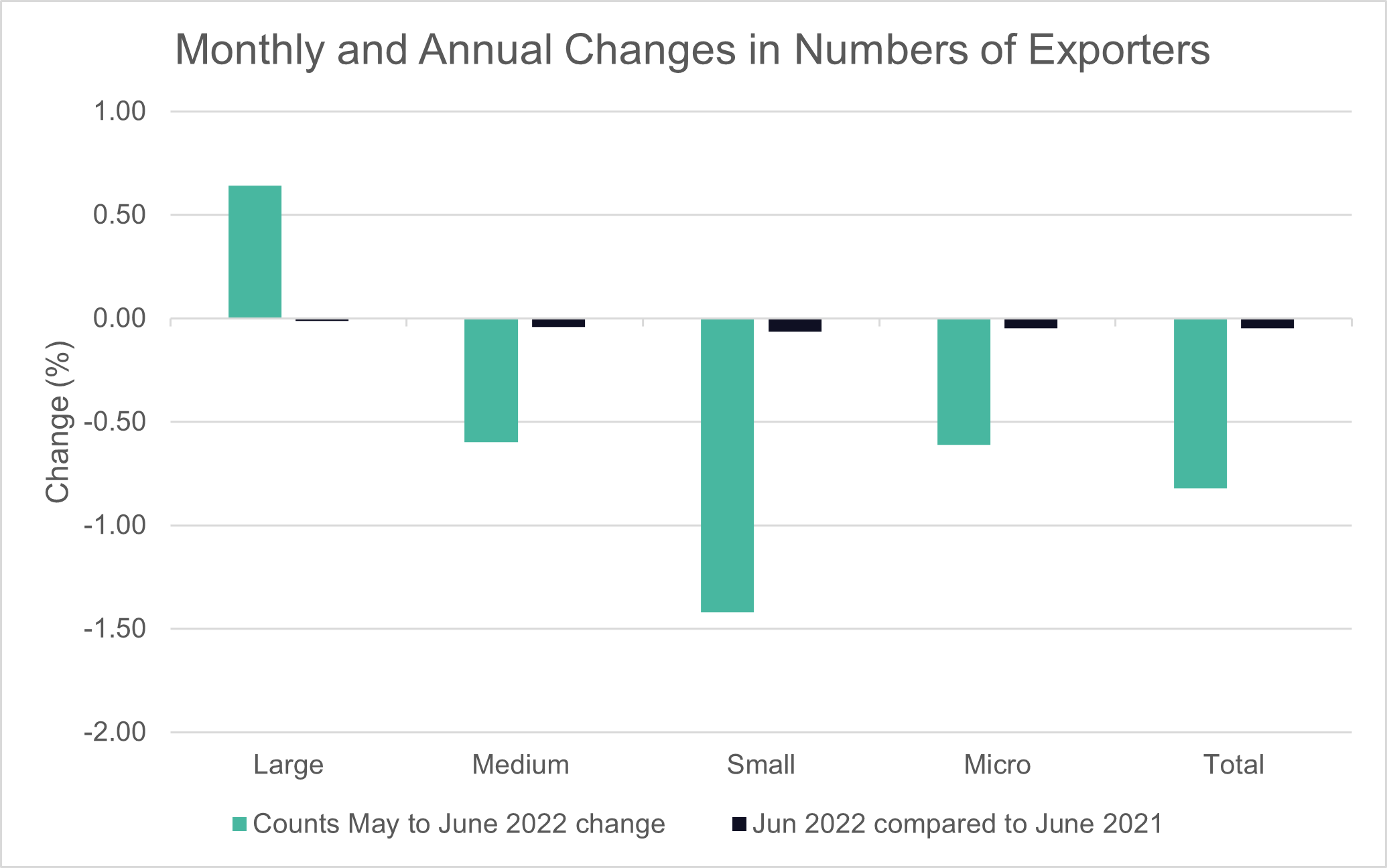
Figure 4: Monthly and annual changes in numbers of exporters (%)
The total number of large, medium, small, and micro-sized exporting companies fell by 1% across the UK. Large companies were alone in their small success, having increased by 0.64%; whereas medium, small, and micro-sized companies fell by 0.6%, 0.61%, and 1.42% respectively.
Since June 2021, large, medium, small, and micro-sized companies have seen a fall in exporter counts of 1.3%, 4.03%, 4.59%, and 6.31% respectively, totalling an overall year-on-year drop of 4.89%.
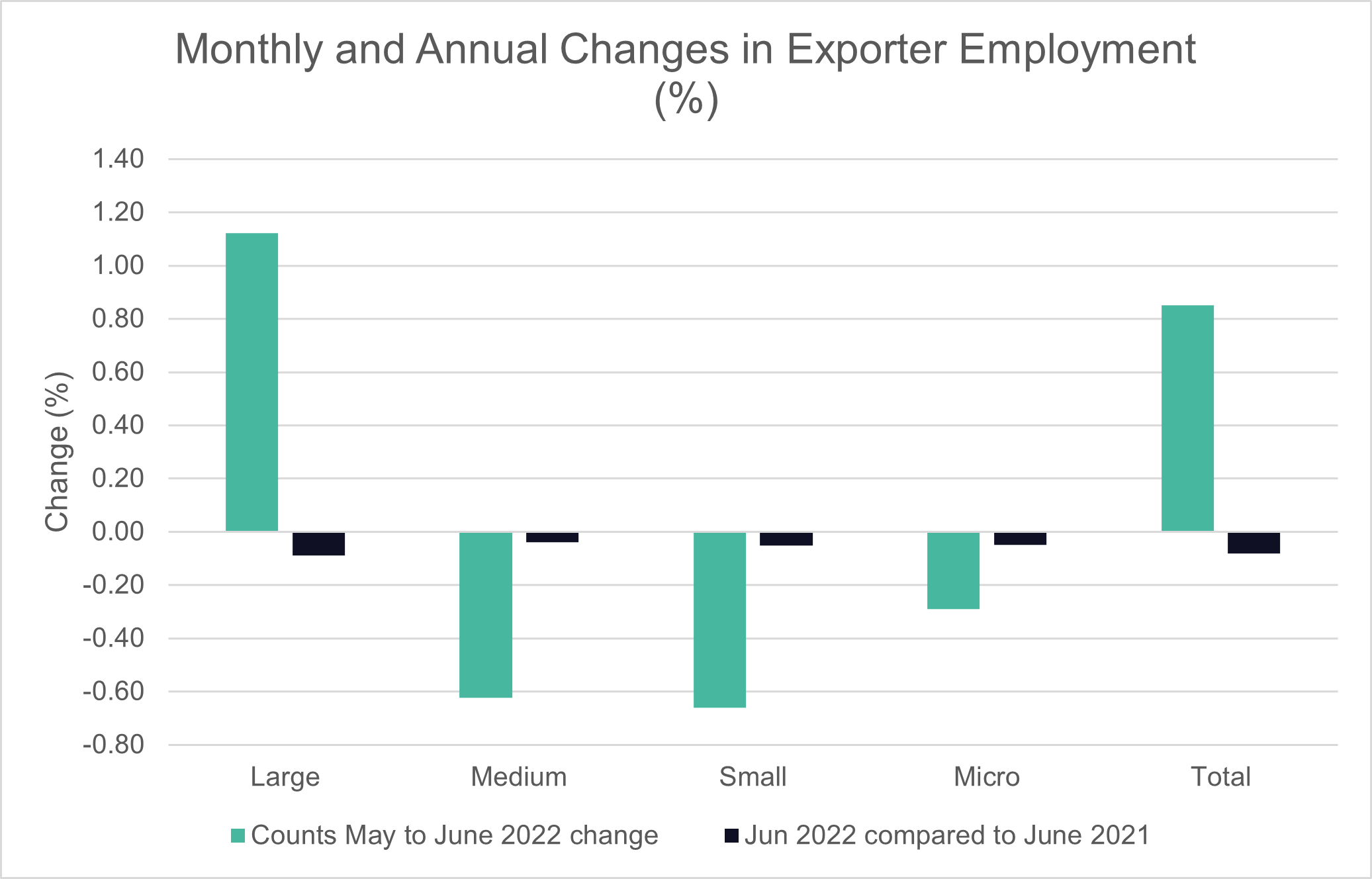
Figure 5: Monthly and annual changes in exporter employment (%)
Medium, small, and micro-sized companies are hiring fewer exporter staff since last month, with a decline of 0.62%, 0.29%, and 0.66%, respectively. However, large companies have seen a growth of 1.12% in their exporter employment since May 2022.
Comparing June 2022 and 2021, all sized companies have fewer exporting staff this year, with large companies employing 8.96% fewer people; medium companies, 4.01%; small companies, 4.83%; and micro companies, 5.04%, totalling a decline of 8.24%.
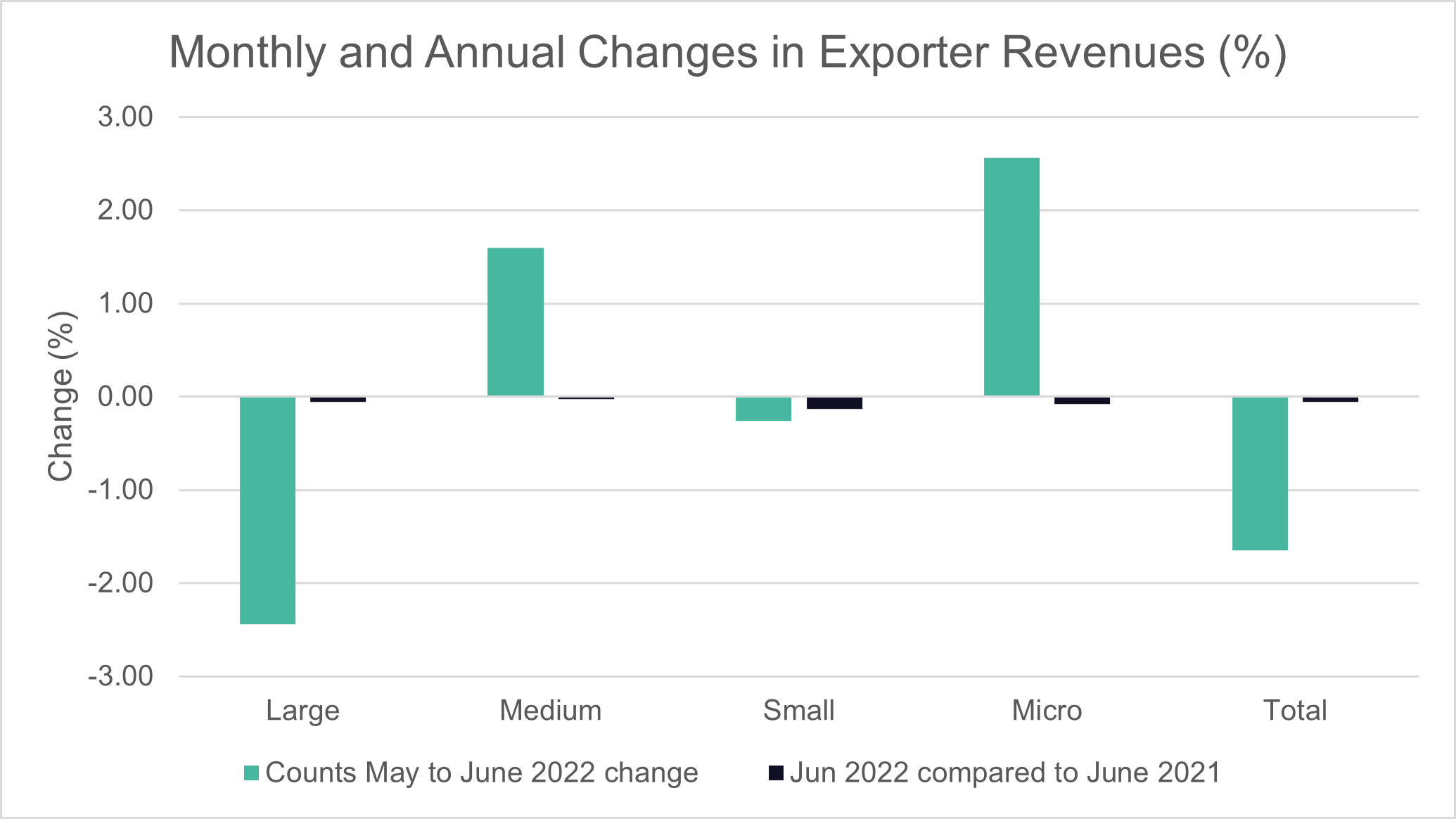
Figure 6: Monthly and annual changes in exporter revenues (%)
Total exporter revenues fell by 1.64% since last month, with large and micro companies seeing a drop of 2.44% and 0.26%, respectively. However, small and medium companies grew their exporter revenues by 2.57% and 1.6%, respectively. In comparison to June 2021, all sized companies experienced a decline in revenues; micro, -13.2%; small, -7.4%, large, -5.5%, and medium-sized companies saw a drop in revenues of 2%.
Next month, we predict a decline in exporter employment and revenue, and whilst we may see a potential uptick in exporter counts, any increase will be met swiftly with an equal downturn in numbers.
About Coriolis Technologies
Founded in 2017, Coriolis Technologies is the leading source of trade, corporate, geopolitical risk and trade-related economic data globally for the trade finance sector. Coriolis Technologies provides clear intelligence and insight into trade flows, supply chains and disruptions for trade and trade finance.
About The Institute of Export & International Trade
The Institute was established over 85 years ago to support UK businesses in growing their international markets and trade. The Institute is the leading association of exporters and importers providing education and training to professionalise the UK’s international traders.
You can view the full release, including the methodology and press contacts, here.


